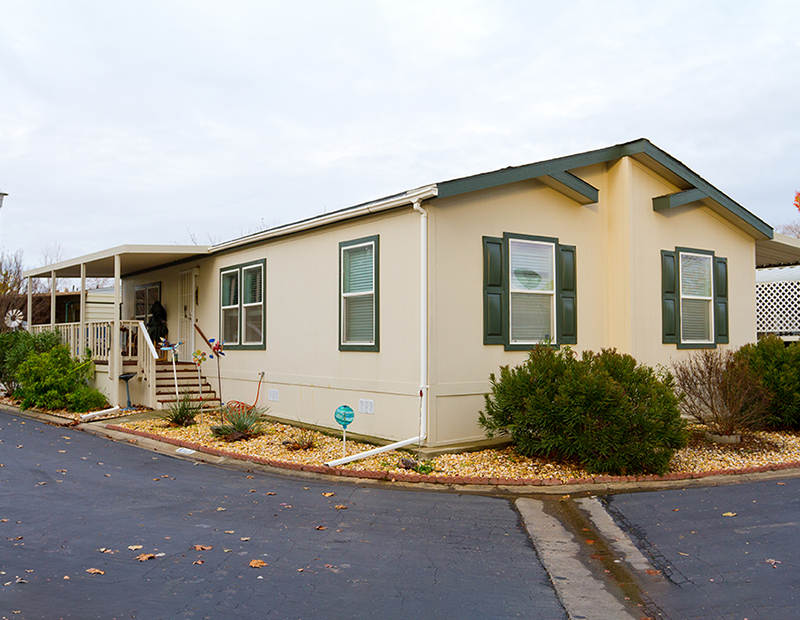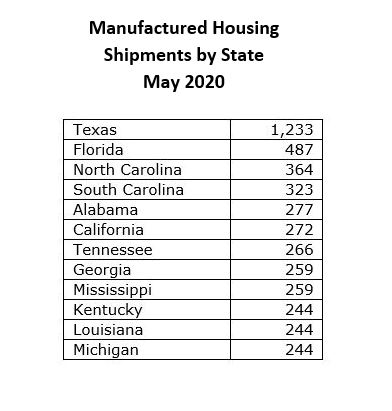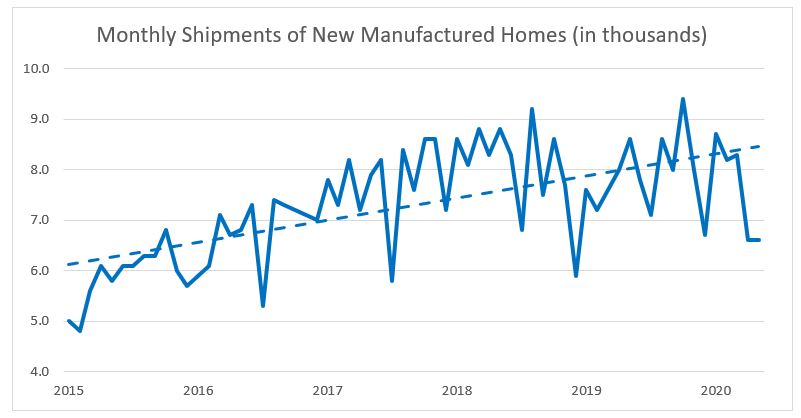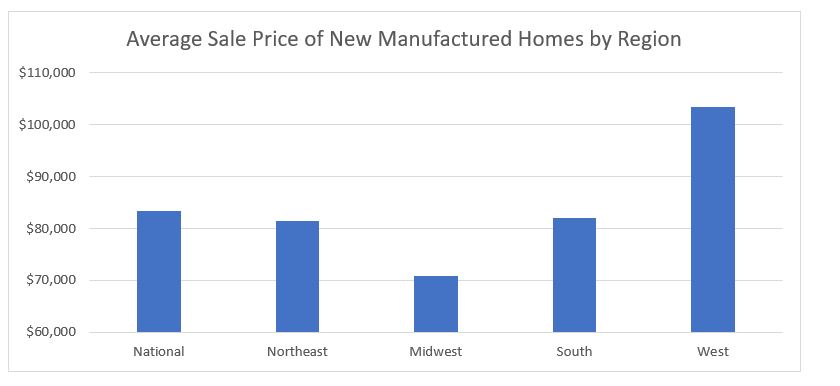Why Manufactured Housing Is the New Affordable Housing
Despite the zoning challenges, manufactured housing offers the only affordable detached housing option in the U.S.
The shortage of affordable housing is one of the largest unresolved issues in commercial real estate today. Huge numbers of renters are struggling to find a place to live within their means, and the problem is only getting worse in the current economic environment. Since the growing demand for affordable housing presents an opportunity for unconventional solutions, the manufactured housing industry may be well-positioned to reap the benefits of that pent-up demand.

Image by joshuaraineyphotography/iStockphoto.com
Manufactured homes have long been overlooked as a niche residential sector, yet they comprise a significant portion of the U.S. housing stock. According to the National Low-Income Housing Coalition, manufactured homes comprise 6 percent of the total housing stock nationwide and 9 percent of all new single-family construction starts. There are an estimated 6.7 million occupied manufactured homes in the United States. In 2019, 4,000 new manufactured homes shipped at an average sale price of $84,600 excluding land acquisition costs. This makes manufactured homes one of the fastest-growing housing segments.
READ ALSO: Manufactured Housing Powers Through

Source: US Census Bureau, Yardi Matrix
Today’s manufactured home communities are quite different from the mobile home parks of the past. Manufactured homes are built with the same materials and techniques as in-place built homes. They include many of the same luxury amenities found in traditionally built new homes including high-end amenities, like granite countertops and artisanal fixtures. The construction cost for these homes is roughly half the price per square foot of in-place built homes, while still boasting the same luxury amenities of their traditional counterparts.
Approximately 40 percent of manufactured homes are built on land leased from land-leased communities. There are an estimated 50,000 of these communities nationwide. Roughly three-quarters of these homes are owner-occupied. The average length of tenancy for these properties is measured in decades. Nearly half of all manufactured home communities are located in rural areas away from the urban core; however, there is a growing interest in suburban areas.

Source: US Census Bureau, Yardi Matrix
What Is Considered Manufactured Housing?
There are challenges limiting where manufactured housing communities can be established. Many state, regional and local zoning ordinances and homeowner’s associations prohibit construction of manufactured homes. This is mostly due to outdated stereotypes about “trailer parks” and their perceived effects on property values and crime rates.
Modern manufactured homes do not bring these problems, but attitudes towards them have been slower to change. The rising demand for affordable housing may create an opportunity to rethink the policies that have kept manufactured homes away from the urban cores.
“There are very few mobile home parks out there that were built later than the 1970s,” said manufactured home park investor Frank Rolfe, co-owner of MHP Funds, the sixth-largest owner of mobile home parks nationwide.
While manufactured housing and mobile homes are sometimes used interchangeably, manufactured housing generally refers to home units built after 1976 and in adherence with the U.S. Department of Housing and Urban Development Manufactured Home Construction and Safety Standards.
That’s because it has been difficult for park owners to find municipalities that will approve the construction of a new park, and even expansions of existing parks can prove challenging.
“Out of 500 mobile home parks that we have collectively owned over the past 25 years we have not succeeded in building more than 10 to twenty expansions to existing parks,” Rolfe added.
Christopher Ptomey, executive director for the Urban Land Institute Terwilliger Center for Housing, believes that perceptions are beginning to change. “From the outside, a manufactured single-family home looks absolutely no different from a 100 percent stick-built building,” he said. “As the technologies have improved, we have seen them move into more urban and suburban settings.”
So, according to Ptomey, “There are important aspects to applying manufacturing processes to housing that offer real opportunities to address some of the affordability challenges.”
According to the Manufactured Housing Institute, 22 million people in the U.S. live in manufactured housing. The median household income for manufactured housing residents is under $30,000 per year. In many markets, these are the most inexpensive housing units that do not rely on government subsidies.
MHI is working to overcome some of the public perception problems that the sector has. Primary among them is the belief that the product is of low quality and that park owners are predatory. MHI CEO Lesli Gooch—who insists on the term manufactured housing as opposed to mobile homes—has been working hard to change those perceptions.
“The vast majority of park owners and operators care about their residents,” she stressed, and some of the newer manufactured homes “are brand new homes that are a quality product that have the features that consumers are looking for today.”

Source: US Census Bureau, Yardi Matrix
Are Manufactured Homes a Good Investment?
The manufactured housing industry is benefiting from urban sprawl. As the suburbs continue to expand farther from the city centers, places that were once exurbs are becoming part of widening metro areas. These areas have avoided the NIMBY problem by being in place in advance of development.
The traditional homeownership prices have steadily increased at a significantly faster rate than median household income. Homeownership is currently out of reach for many renters and growing more difficult every year. Manufactured housing has the potential to benefit from this widening gap.
“Manufactured housing is the only form of detached affordable housing in America,” said Rolfe, noting that in his parks “the majority of homes are already paid off and residents have no greater hurdle than lot rent, which averages nationwide at $280 a month.”
For manufactured housing investors, the barrier for entry is much lower than with other asset classes. A manufactured home community only needs shovel-ready land with access to water, sewer and electricity. As the structures themselves are owned by the residents, the maintenance costs are limited to landscaping, common area maintenance and utility repair. Longer rates of tenancy equate to lower rates of turnover. With low acquisition and operating costs, manufactured housing can be a very lucrative investment.







You must be logged in to post a comment.